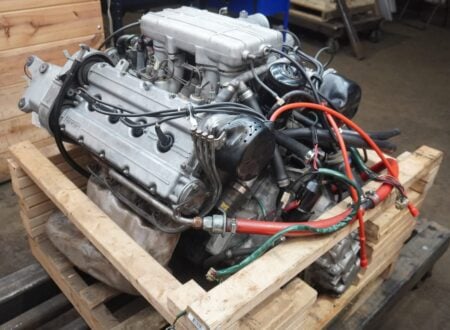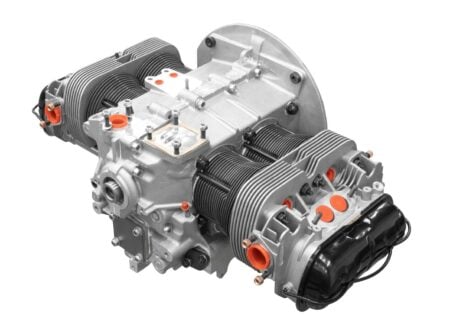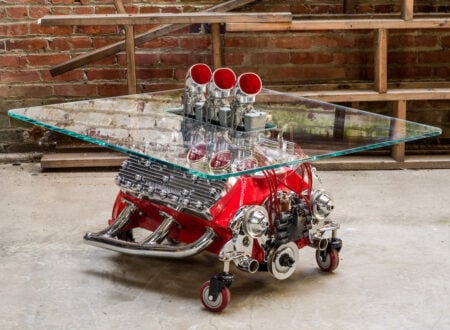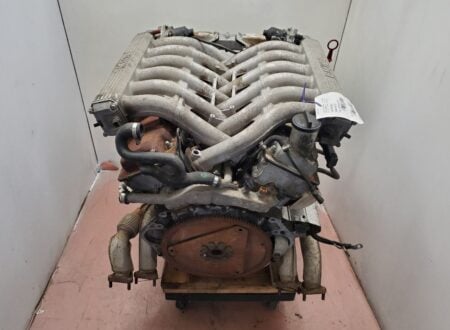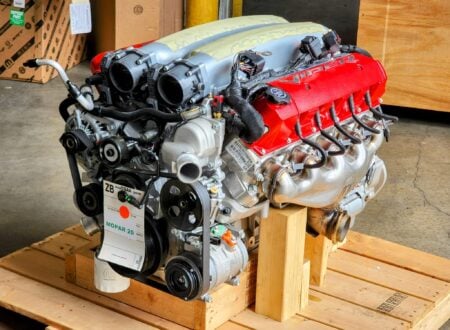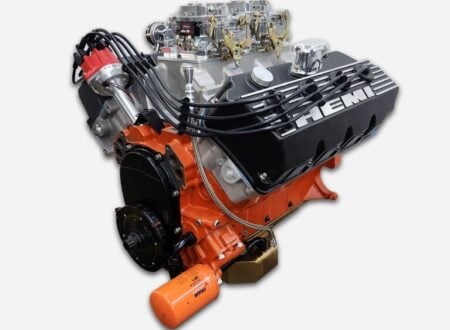This is the flat-six engine from a 1974 Porsche 911, it’s the 2.7 liter version of the inimitable 911 power plant, and it’s been given a series of cutaways and a discreet electric motor to allow the parts to move just as they do when the engine is running.
Moving kinetic sculptures like this offer an fascinating look into the all the internal parts of an engine, as the pistons, valves, cams, connecting rods, and crankshaft all move together in perfect synchronization.
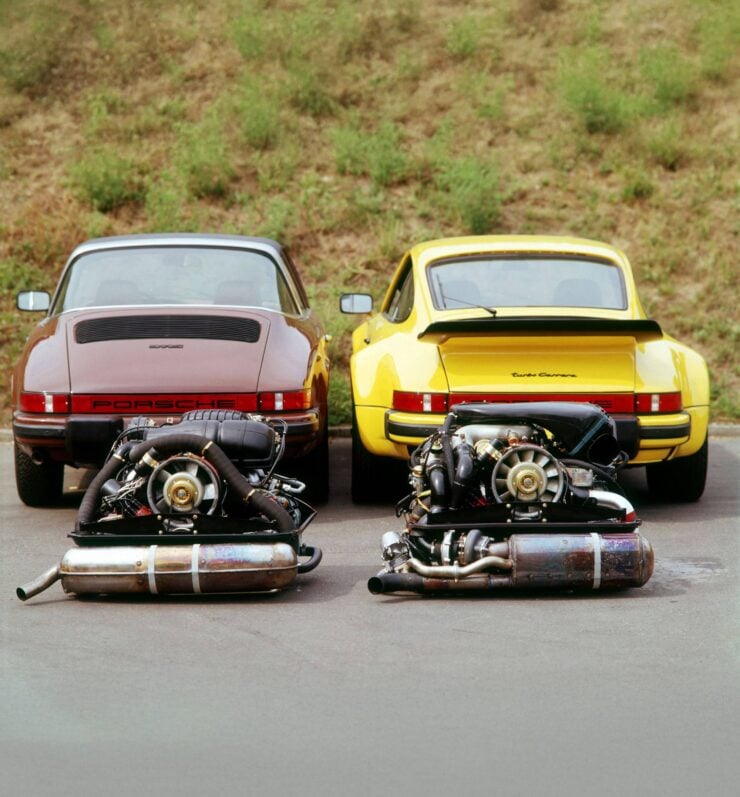

The 2.7 Liter Porsche 911 Engine
The 2.7 liter version of the Porsche flat-six made its production debut in the 1973 Carrera RS model. The standard production version would appear a year later in 1974 and it would differ significantly from the Carrera RS version, with the Bosch K-Jetronic Continuous Injection System (CIS) used in place of the Bosch (Kugelfischer) mechanical fuel injection in the Carrera RS.
The Porsche 911 would receive the 2.7 liter version of the flat six from 1974 until 1977. The engine did suffer from some teething issues, including warping heads, head studs pulling out, and other heat related problems.
This was a difficult time for Porsche, and they had a limited engineering team that was working on the new Porsche 928 and 924, and upgrading the 911 to improve power while meeting increasingly stringent US emissions requirements.
At the time, the 911 was expected to leave production after the debut of the 928 however this wouldn’t happen. The 911 was vastly outselling the 928, and the decision was made to extend its production run indefinitely, as a result the model series is still in production today.
The issues with the 2.7 liter version of the flat six have now been addressed, largely by the aftermarket, and owners can upgrade their cars to make them far more resilient than they were when new from the factory.
In 1978 the 3.0 liter 911 would appear, its engine taken from the Porsche 930 (911 Turbo) and given a series of modifications, including the removal of forced induction.
The Porsche 911 Engine Kinetic Sculpture Shown Here
The 911 engine you see here is one of the 2.7 liter versions that has been given a series of modifications by artist Greg Stirling, including cutaway sections and an electric motor, allowing you to see the internal parts moving as they would have done when the engine was running. You can see a video of it in action below.
The engine was fully disassembled, portions were then cut away before the components were sandblasted and individually machined. A combination of mirror-painted and polished finishes were applied before the pieces were all out back together.
Above Video: Thanks to the artist Greg Stirling, this engine now has cutaway sections and an electric motor, allowing you to see the internal parts moving as they would have done when the engine was running.
Power is now provided by a Dayton DC gearmotor and speed controller, with a Morse torque-limiting clutch, a timing belt drive, and two circuit breakers. It has a variable speed controller which can be adjusted between 5and 60 rpm.
This unusual 911 kinetic sculpture is now being offered for sale out of San Jose, California with a certificate of authenticity at no reserve. If you’d like to read more about it or register to bid you can visit the listing here.

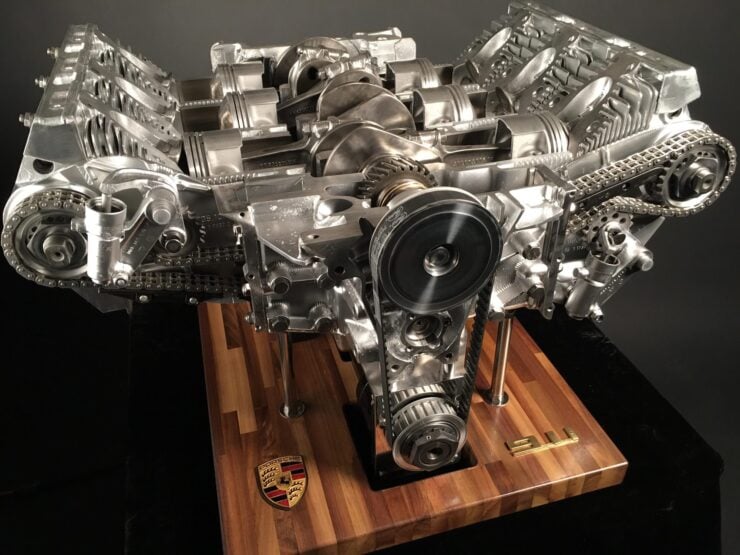

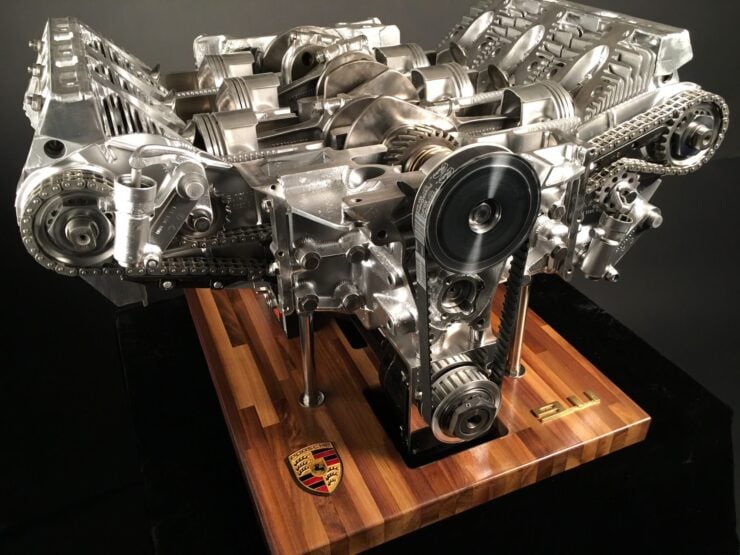
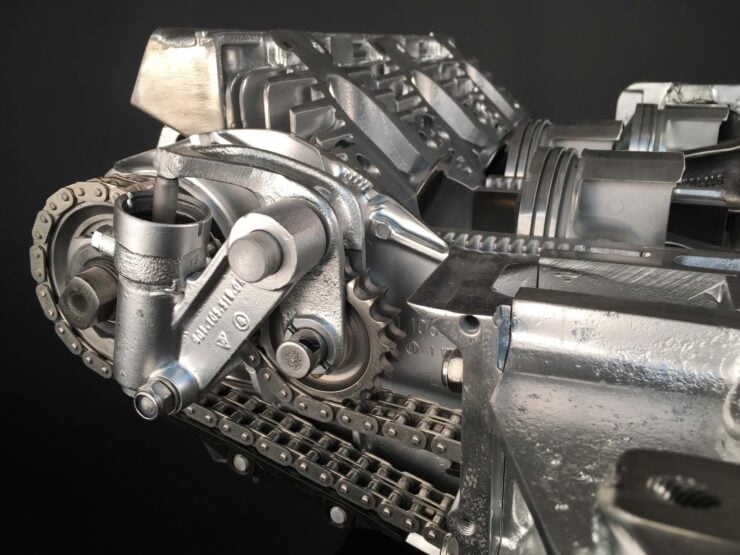
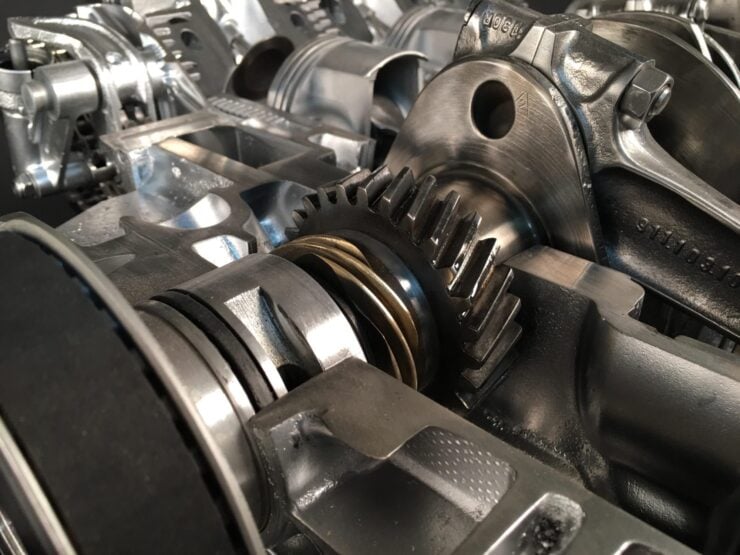
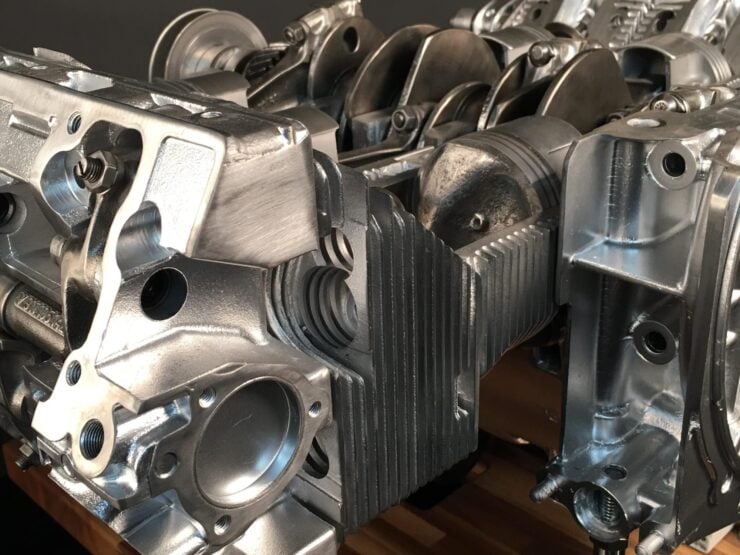
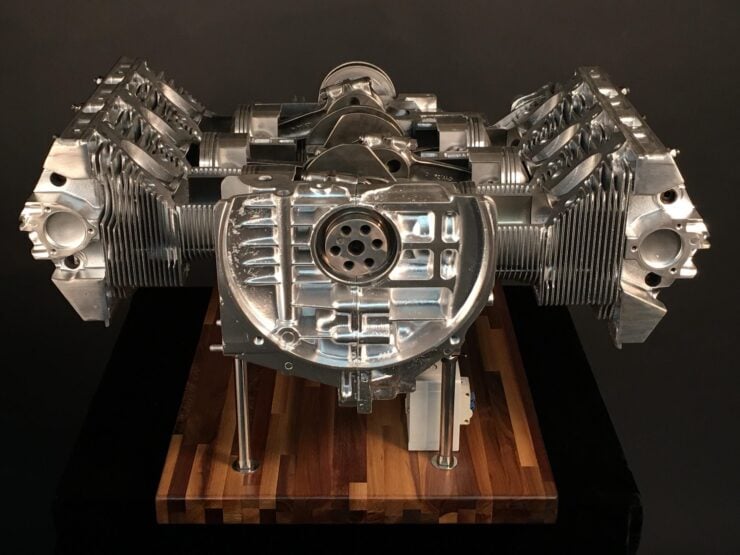

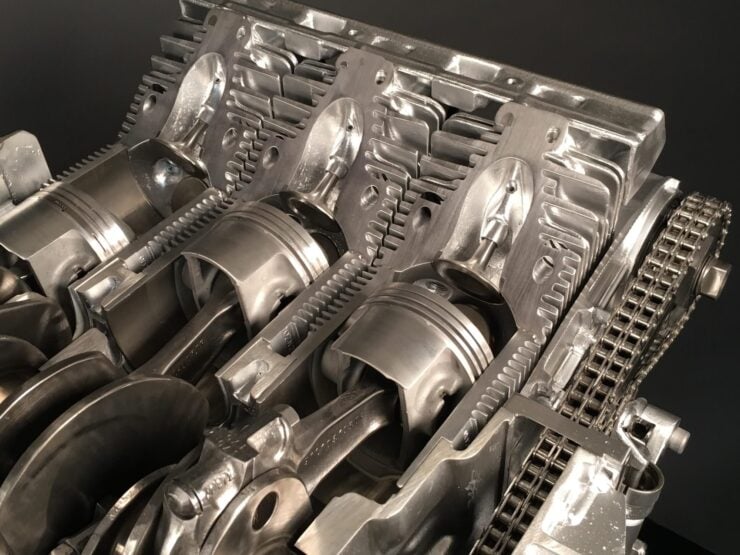
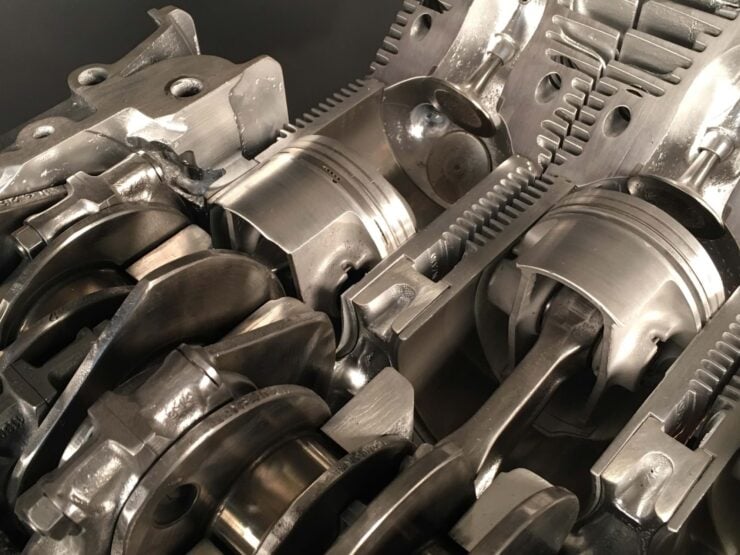

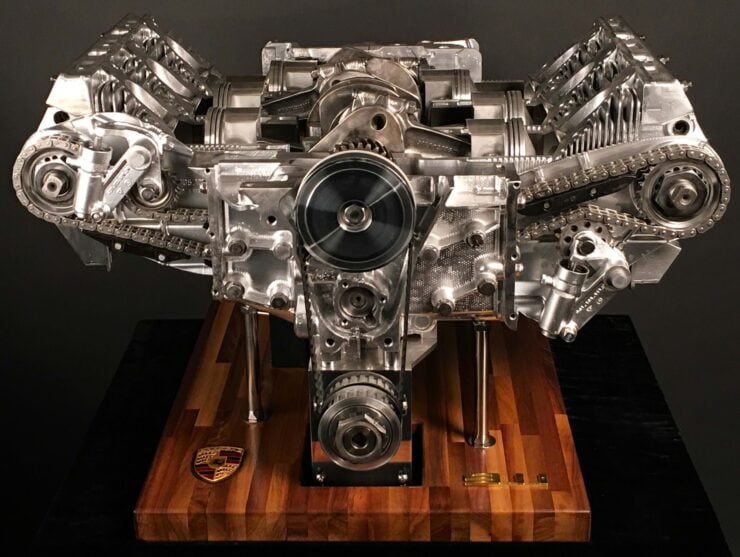
Images courtesy of Bring a Trailer



